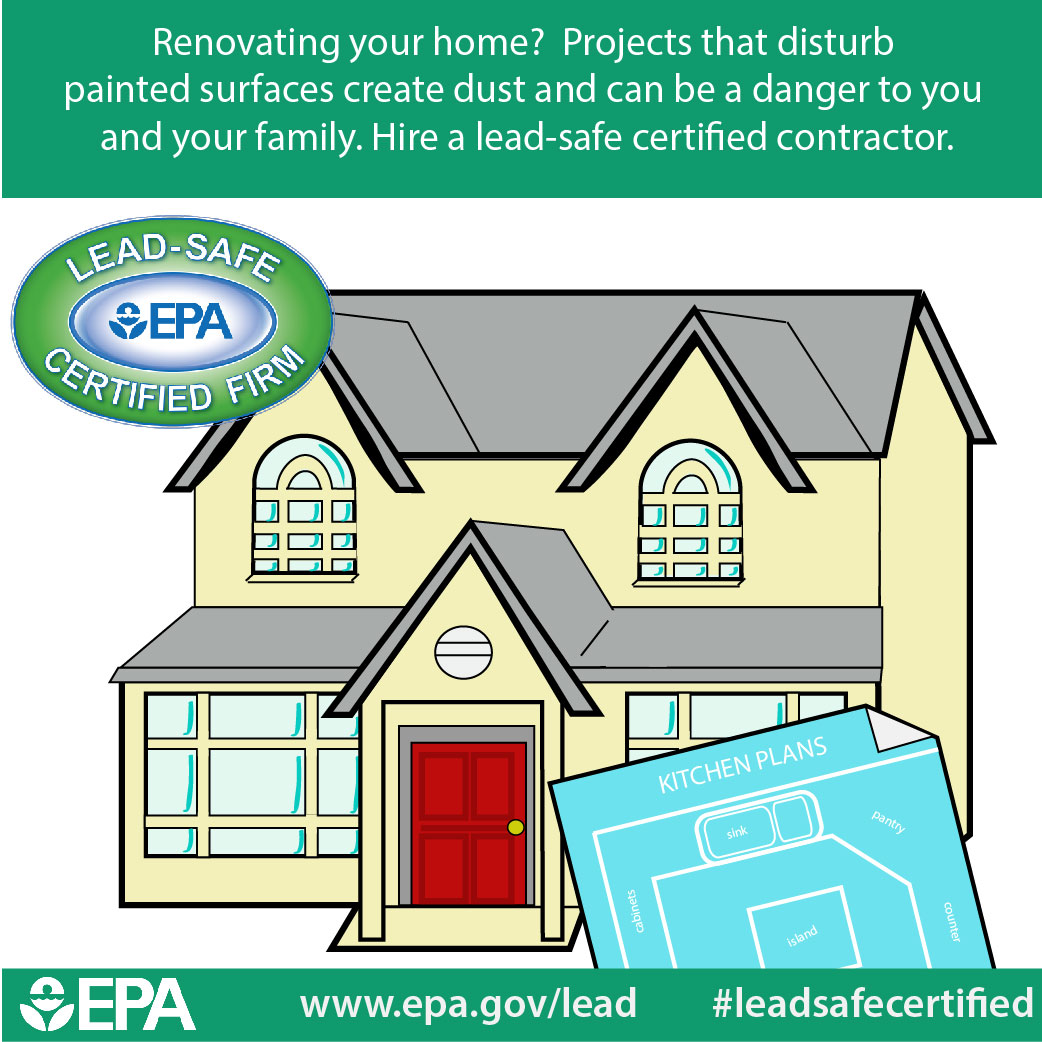Methodical Overview To Setting Up Your Walls For Painting
Methodical Overview To Setting Up Your Walls For Painting
Blog Article
see this page -Binderup Gustavsen
When you're prepping your wall surfaces for painting, it's vital to comply with a systematic process to guarantee a flawless coating. Beginning by examining the wall for any kind of damage; this step can make or damage your project. As soon as you have actually identified any kind of issues, cleaning the surface appropriately is necessary, as a dirty wall can impact paint bond. Afterwards, you'll need to patch any type of imperfections and apply a guide. Yet there specify techniques and ideas that can boost your prep work game-- let's check out those more to accomplish the very best results.
Assessing Wall Surface Condition
Before you get your paintbrush, take a moment to analyze your wall surfaces' condition. Look for any noticeable damages like splits, holes, or peeling off paint. These flaws can affect how the paint sticks and looks once it's completely dry. If you discover any considerable damages, you'll require to focus on repairs before diving into paint.
Look carefully at the texture of your wall surfaces. Is the surface area smooth, or is there appearance that might need unique consideration? Smooth wall surfaces usually call for much less preparation, while distinctive surfaces might require more time to paint equally.
Additionally, think about the previous paint work. If the old paint is shiny, it mightn't enable new paint to stick properly. You'll need to know if your walls have been painted with oil-based or water-based paint, as this can impact your choice of primer or paint.
Ultimately, remember of any kind of wetness problems. If you see indications of water damages or mold, address these troubles promptly to prevent further issues.
Cleansing the Surface area
Once you've examined the problem of your walls, the next action is cleaning up the surface area. Start by gathering your materials: a container, warm water, a moderate cleaning agent, a sponge or fabric, and a scrub brush for tougher areas.
Begin on top corner of the wall surface and work your means down. Mix the cleaning agent with cozy water in your container, then dip the sponge or towel right into the remedy. Wring it bent on avoid excessive dampness on the wall surfaces.
As you cleanse, pay very close attention to areas that may've built up dirt, grease, or fingerprints. For stubborn spots, use the scrub brush delicately to stay clear of damaging the paint under. Rinse your sponge or cloth frequently in clean water to stop spreading out dust around.
After cleaning, it's vital to clean the wall surfaces with a moist towel to eliminate any type of soap residue. This action makes certain a smooth surface area for the new paint to follow.
Enable the wall surfaces to dry entirely before going on to the following prep work steps. This extensive cleaning procedure will aid produce a fresh canvas for your paint task, making certain the most effective results.
Patching and Priming
Patching and priming are crucial action in preparing your wall surfaces for a fresh coat of paint. Initially, inspect your wall surfaces for any holes, fractures, or flaws. Utilize a premium spackling substance or patching paste to fill these areas.
Use the compound with a putty knife, smoothing it out so it's flush with the surrounding surface. Allow it to dry totally, and then sand it lightly up until it's smooth and also.
Once commerical painting have actually patched whatever, it's time to prime. Primer aids secure the patched areas, guaranteeing the paint sticks correctly and supplies an uniform finish. Pick a primer suitable for your wall surface kind and the paint you'll be utilizing.
Apply the guide using a roller for larger locations and a brush for corners and edges. If your covered areas are significantly large or permeable, you could intend to use a second coat of guide after the very first one dries.
After priming, let whatever completely dry completely before going on to painting. This preparation will not just enhance the appearance of your walls yet also extend the life of your paint task.
Take your time, and you'll be pleased with the outcomes.
Verdict
By following these easy actions, you can achieve a smooth and professional finish on your wall surfaces. Beginning by assessing their problem, after that tidy and patch any kind of imperfections prior to applying primer. Keep in mind to permit sufficient drying time and make certain everything is smooth prior to you study paint. With the right prep work, you'll set the stage for a stunning transformation in your room. Currently, gather your products, inhale the fresh air, and prepare to repaint!
